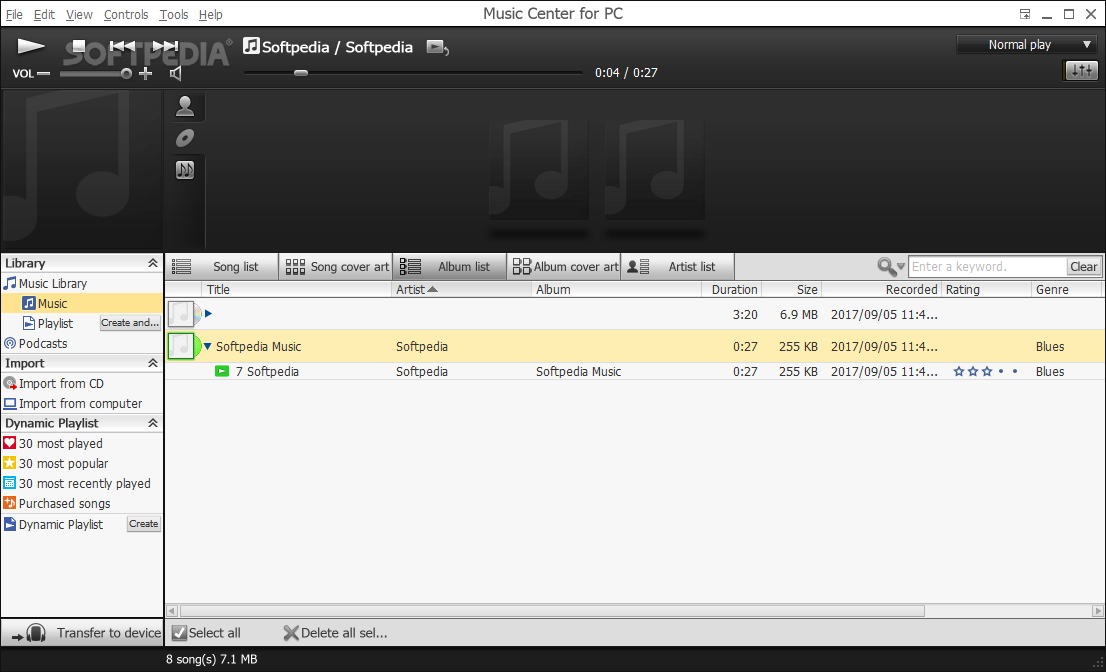

The torture test was when the guy I subbed for showed up later in the night and plugged in for a few, leaving me right in front of some loud wedges. Unlike the Para’s feedback-fighting notch filter, the Voiceprint took care of everything with just a nudge of the “anti-fb” knob. That was where I got to test the anti-feedback feature. The band was big and loud (hard-hitting drummer, bass, keys and a 3-piece horn section), and a few tunes required me on acoustic. The next night I was subbing for the guitar player for one of the Jersey shore’s more popular cover bands. one for a jazz gig and another for bluegrass). The app also includes Level and EQ settings so you can create multiple usage-specific presets for each guitar (e.g. AcousticLive provides step-by-step directions that include tapping the bridge, then playing chords, and finally picking single notes into the phone mic. The entire setup process should take no more than a couple of minutes per preset. Note that while the setup requires an iPhone, you don’t need one to use the pedal once it’s been set up.
GUITAR CENTER MIXMEISTER STUDIO FREE
First, you have to go through the short process of capturing your guitar’s sonic signature.Īs of the writing of this review, the capture process requires an iPhone or iPad with LR Baggs’ free AcousticLive app installed. The Setupĭon’t expect to pick up your Voiceprint on the way to the gig and use it that night. The Voiceprint DI uses the same theory and “convolves” the pickup signal with the IR to make it sound more like the guitar’s natural acoustic tone. Electric guitarists use IRs to recreate the sounds of specific speaker cabinets or amps. A mathematical process called “deconvolution” calculates the difference between the desired signal and the signal “seen” by the circuitry and saves that difference as an IR that can be applied to recreate the desired tone.įor example, an IR might be captured in a chapel so the room’s natural reverb can be applied in the studio. The idea is that a signal can be played into a piece of gear or in a specific sonic space and the output recorded. For those unfamiliar, IRs have become popular in recording and in a lot of electric guitarists’ rigs. The Voiceprint DI uses Impulse Responses (IRs) to make a plugged-in acoustic electric sound more like it does acoustically. Finally, there’s a USB port in case firmware needs to be updated. A ground lift and effects loop are nice and useful touches. Inputs and outputs are thoughtfully located on the side of the unit rather than the top.

A “pad” button provides input gain attenuation in 3 dB increments (0, 3, 6, or 9 dB).


The “voice” knob blends pickup output with the voice-printed signal, and the “select” knob is a second way to select a saved preset. An anti-feedback knob is based on characteristics captured in setup and has proved handy already. Up on top are two footswitches: a mute and a “next” switch that lets the user select from up to 99 saved presets. Jacks, dials and switches on the review unit felt solid and smooth. As with other Baggs pedals, the Voiceprint’s fit and finish seemed top-notch. I’m a Baggs fan, and my trusty Para DI has served me well for years.
GUITAR CENTER MIXMEISTER STUDIO SERIES
I’ll start with the same disclaimer I made when I reviewed the Baggs Align Series Chorus and Delay a couple of years back. Baggs’ Voiceprint DI is designed to bring an acoustic’s inherent tone to the electrical output of the instrument. Resonant acoustics can be feedback-prone and nearly unusable with sound reinforcement. We buy acoustic-electrics primarily on characteristic tones, but they can lose something when plugged in. Acoustic-electric guitarists have come to accept the idea that plugging a guitar into an acoustic amp or a P.A.


 0 kommentar(er)
0 kommentar(er)
